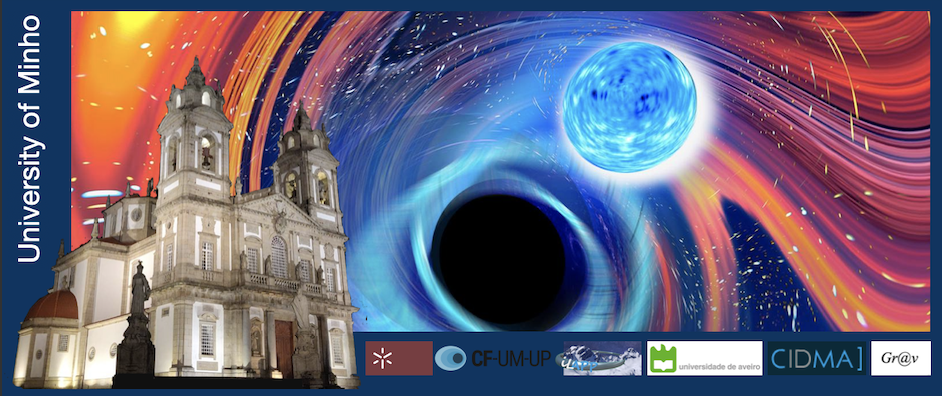Speaker
Description
When two Neutron Stars (NSs) merge a multi-wavelength emission including Gravitational waves (GWs) and electromagnetic (EM) waves is expected. In Kilonova (KN) events, the light curves are powered by the radioactive decay of ejecta products. In this contribution we discuss how some GW observable quantities may help disentanble uncertainties in the stellar radius and Equation of State (EoS), being complementary to information from the KN light-curve. In addition, observing parameters such as inclination angle and distance are key, since they modulate the signal. The new MAAT Integral Field Unit on the OSIRIS spectrograph at the 10.4m Gran Telescopio CANARIAS (GTC) is designed for this task in the 360-1000 nm spectral range. Together with UV and near-IR spectra, it could provide some relevant features of NSs in the coalescing binary and thus add further constraints on the nuclear matter EoS. https://arxiv.org/abs/2204.00022
Pérez-García M 1 , Albertus C 1 , Barba D 1 , Bulla M 3 , Pérez E 4 , Sagués-Carracedo A 3 , Izzo L 2 , Dhawan S 5 , Prada F 4
1 Department of Fundamental Physics and IUFFyM, Universidad de Salamanca, Salamanca, Spain
2 DARK, Niels Bohr Institute, University of Copenhagen, Copenhagen, Denmark
3 The Oskar Klein Centre, Department of Astronomy, Stockholm University, Stockholm, Sweden
4 Instituto de Astrofísica de Andalucía (CSIC), Granada, Spain
5 Kavli Institute for Cosmology, Institute of Astronomy, Cambridge, United Kingdom
| Which topic best fits your talk? | GW Theory and Fundamental Physics |
|---|
